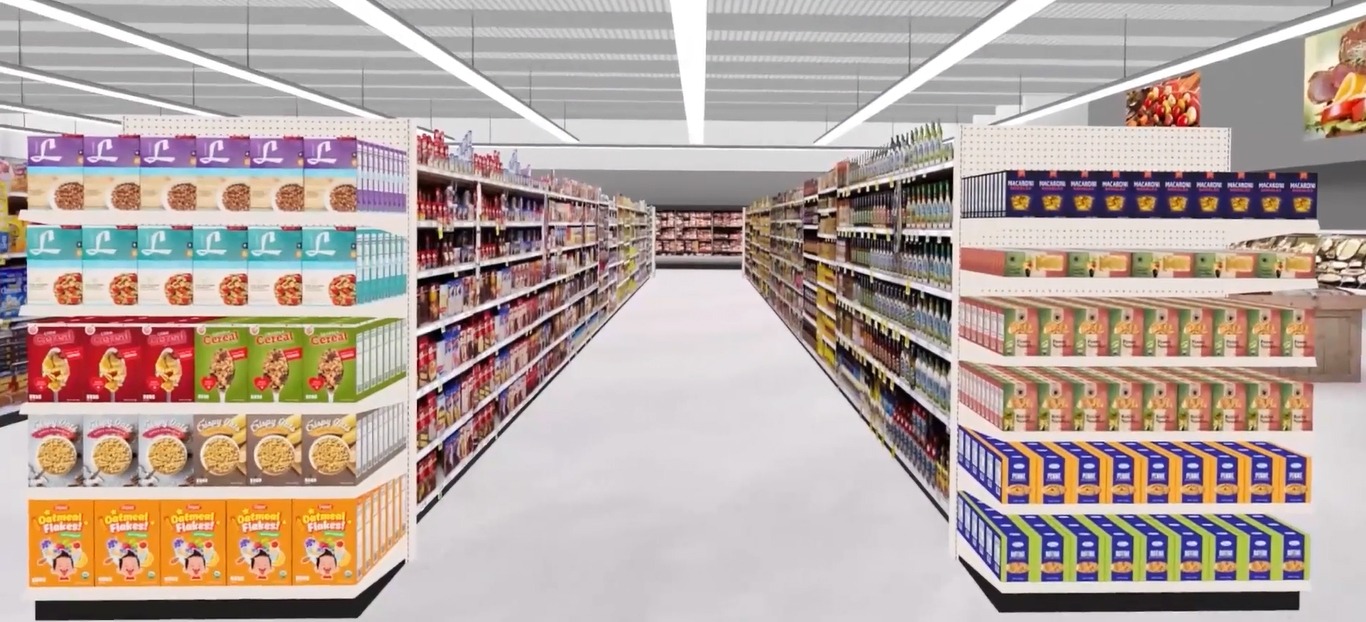Planogram Optimization:
A leading manufacturer wanted to increase sales of their brands and total category. Previous work showed navigation challenges in the aisle. There was also an opportunity to convert more shoppers once they had stopped to shop in the aisle.
The Challenge:
Introduce a shelf layout that improves navigation while increasing conversion and total category sales.
Method:
In order to better understand the current decision tree, an initial phase of research was conducted using Virtual Reality. Eye tracking, shelf flow, and substitution exercises helped inform the decision tree and optimize different layouts for the next phase of testing. Specifically, this helped optimize placement of innovation, aisle flow, blocking strategies, and size of different segments in the aisle.
Two versions of optimized planograms were developed. The final wave of testing was conducted using Quantitative VR testing of the current and two test planograms.
The winning planogram resulted in increased conversion and faster navigation times at shelf. By significantly improving section navigation the percent of customers that purchased a product increased as well as units per buyer.
The Result:
Implementing the optimized shelf resulted in a 5% increase in category sales. Other findings inlcuded a 4% increase in units per buyer, and increased conversion rates and decreased section navigation rates.

